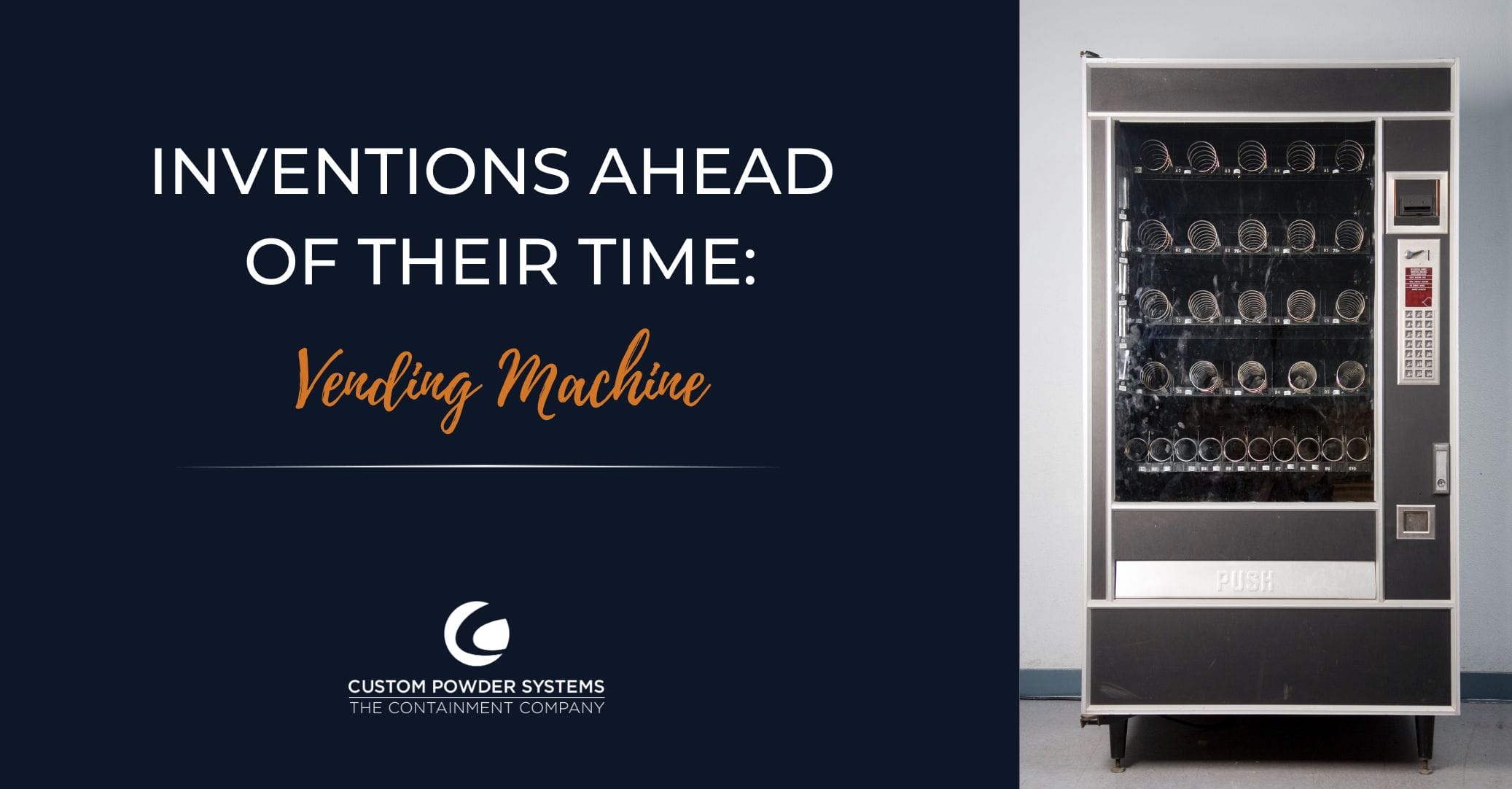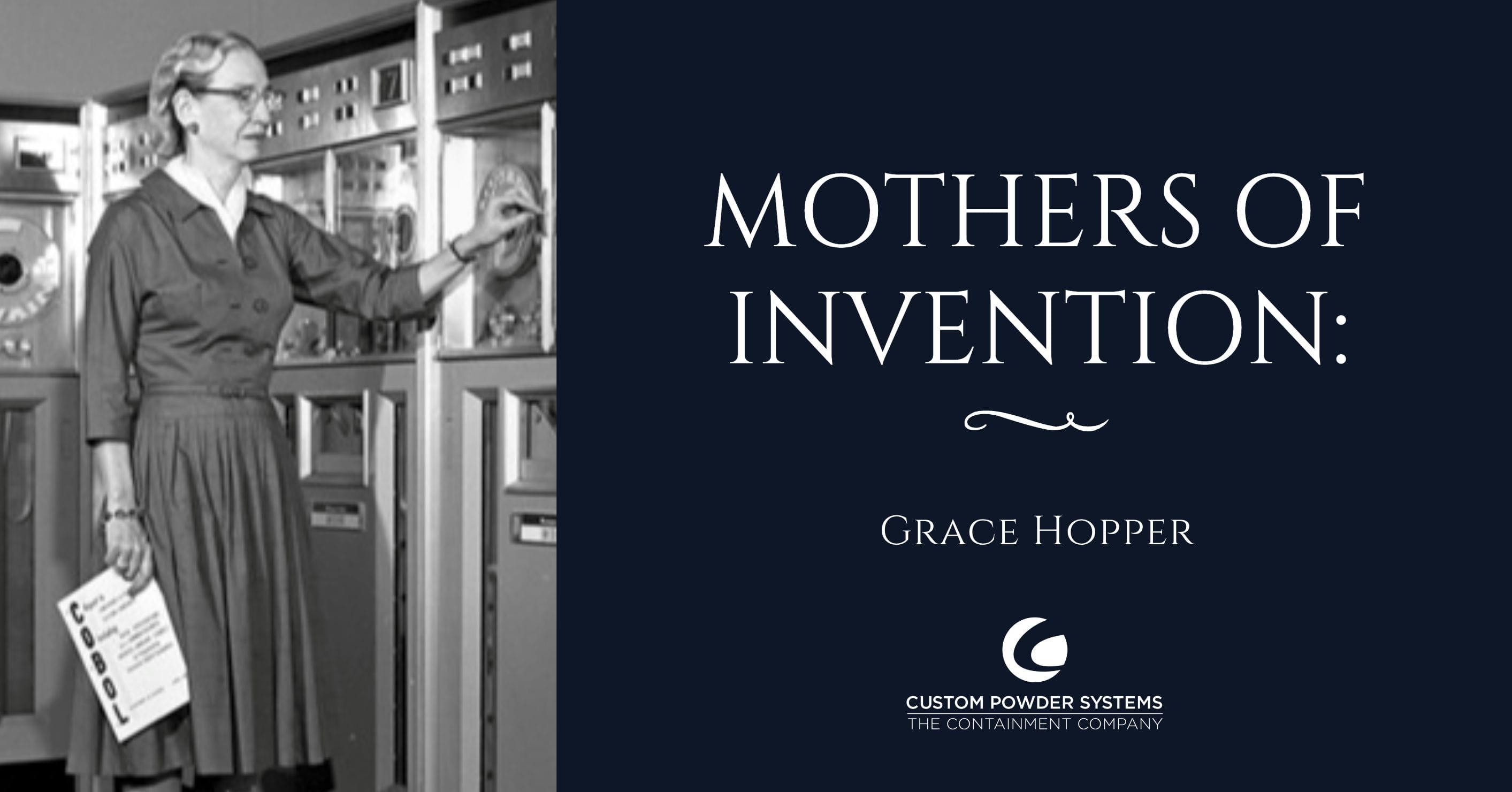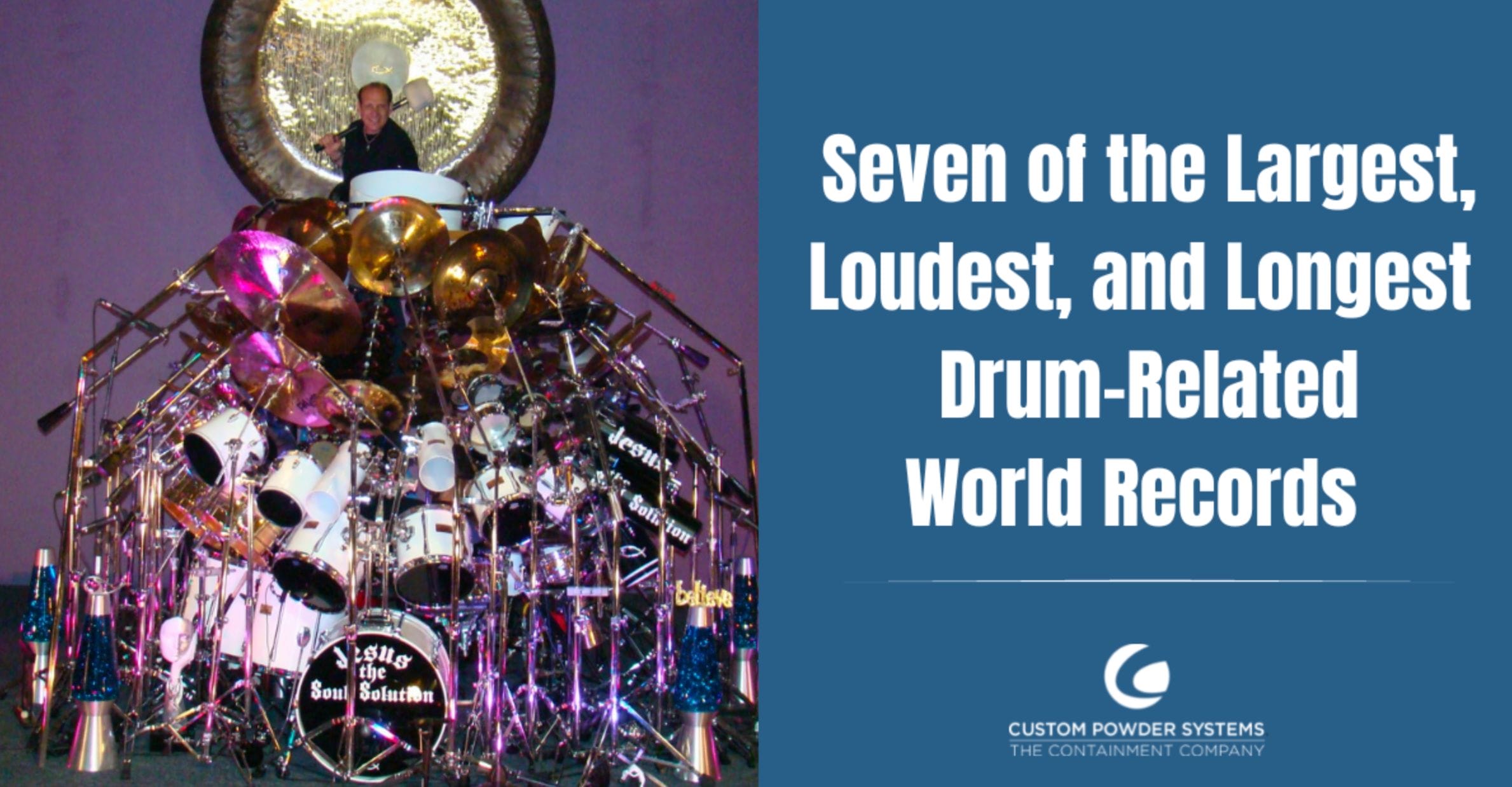The race to develop and scale up battery manufacturing has never been more critical. With the rapid adoption of electric vehicles (EVs), renewable energy storage, and portable electronics, battery production is under increasing pressure to deliver quality, consistency, and efficiency. While new breakthroughs push the boundaries of performance, proven manufacturing technologies—many refined over decades—are quietly powering this revolution.
At Custom Powder Systems, we believe innovation and experience go hand in hand. By adapting trusted manufacturing methods for modern applications, we’re helping battery manufacturers scale smarter, safer, and faster.
The Role of Established Manufacturing Techniques
Many traditional manufacturing methods—originally developed in industries like pharmaceuticals, food processing, and industrial powders—are now proving indispensable to battery production. Processes such as powder handling, blending, and containment can be seamlessly integrated into battery manufacturing environments.
Custom Powder Systems brings deep expertise in these areas, offering solutions that are both field-tested and future-focused.
Proven Powder Handling Solutions
Advanced batteries rely on highly specific formulations of powdered materials, including lithium, cobalt, and nickel. These materials must be handled with precision and care to maintain consistency and prevent contamination.
Technologies such as vacuum transfer systems, containment booths, and automated bulk-handling solutions provide clean, efficient material flow—ensuring process integrity while meeting the highest quality standards.
Efficient Mixing and Blending Techniques
Battery cathodes and anodes require uniform mixtures of active materials to perform reliably. Proven blending technologies—like tumble blenders and high-shear mixers—originally developed for the pharmaceutical and chemical industries, now enable manufacturers to achieve homogeneity at production scale.
These solutions offer a repeatable, scalable way to deliver the consistency today’s battery applications demand.
Containment and Safety Practices
Lithium-ion battery materials are sensitive and often reactive, requiring rigorous safety measures. Long-established containment techniques such as isolators, gloveboxes, and downflow booths help create controlled production environments that safeguard both workers and product integrity.
Custom Powder Systems specializes in modular containment systems that meet strict regulatory and environmental safety requirements—without compromising productivity.
Cost-Effective Scaling for the Future
Adapting well-established technologies isn’t just practical—it’s strategic. Instead of starting from scratch, manufacturers can integrate proven systems that already meet performance, compliance, and safety standards. This approach reduces costs, accelerates time to market, and minimizes the risks often associated with untested solutions.
Legacy systems also benefit from existing supply chains and operator familiarity, which further streamlines adoption and scale-up across production facilities.
Custom Powder Systems: Bridging the Gap Between Old and New
At Custom Powder Systems, we specialize in upgrading and adapting time-tested powder handling and processing technologies for modern battery manufacturing. Our solutions integrate with existing production infrastructure while enhancing automation, efficiency, and output.
We offer:
- Modular containment and transfer systems that retrofit easily into current lines
- Automated bulk powder handling for greater precision and reduced human error
- Custom-engineered blending and material handling solutions designed to meet evolving performance needs
Whether you’re building a new facility or optimizing an existing one, our systems support scale-up without sacrificing the reliability of the tools that have always worked.
Meeting the Moment with Innovation and Experience
Battery manufacturers who embrace both emerging technologies and established best practices will be best positioned to lead in a competitive, fast-moving industry. At Custom Powder Systems, we deliver solutions that connect the reliability of the past with the demands of the future.
Contact us today to discover how our industry-proven technologies can support your next generation of battery production.










